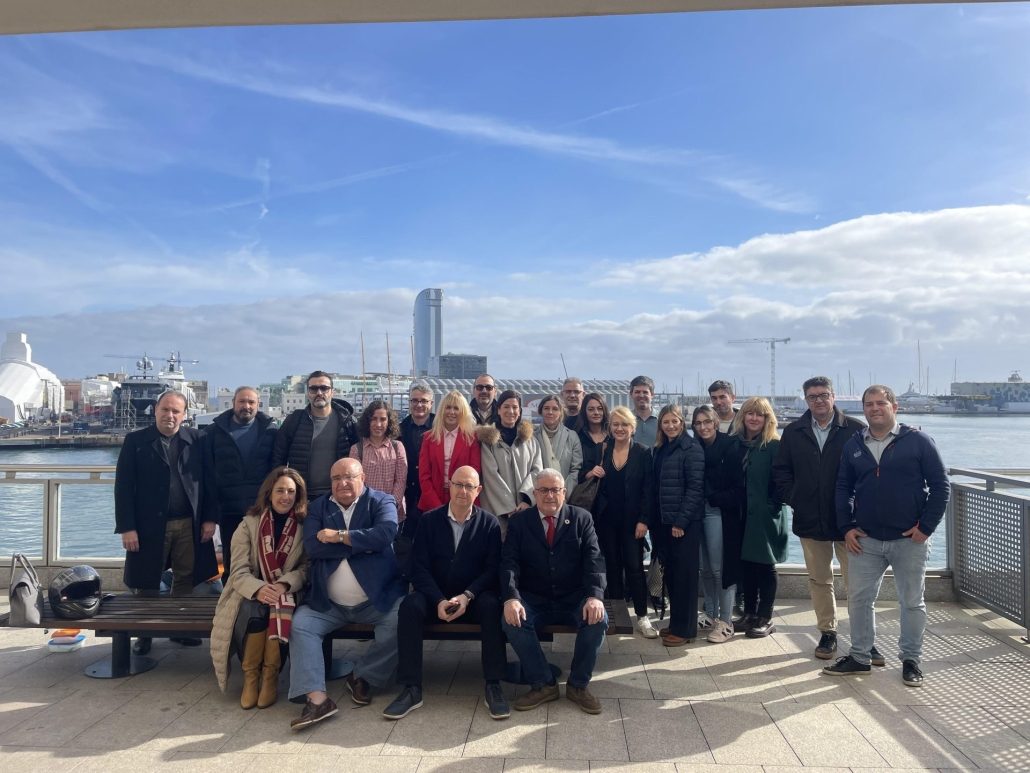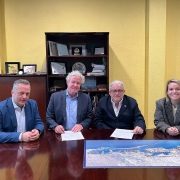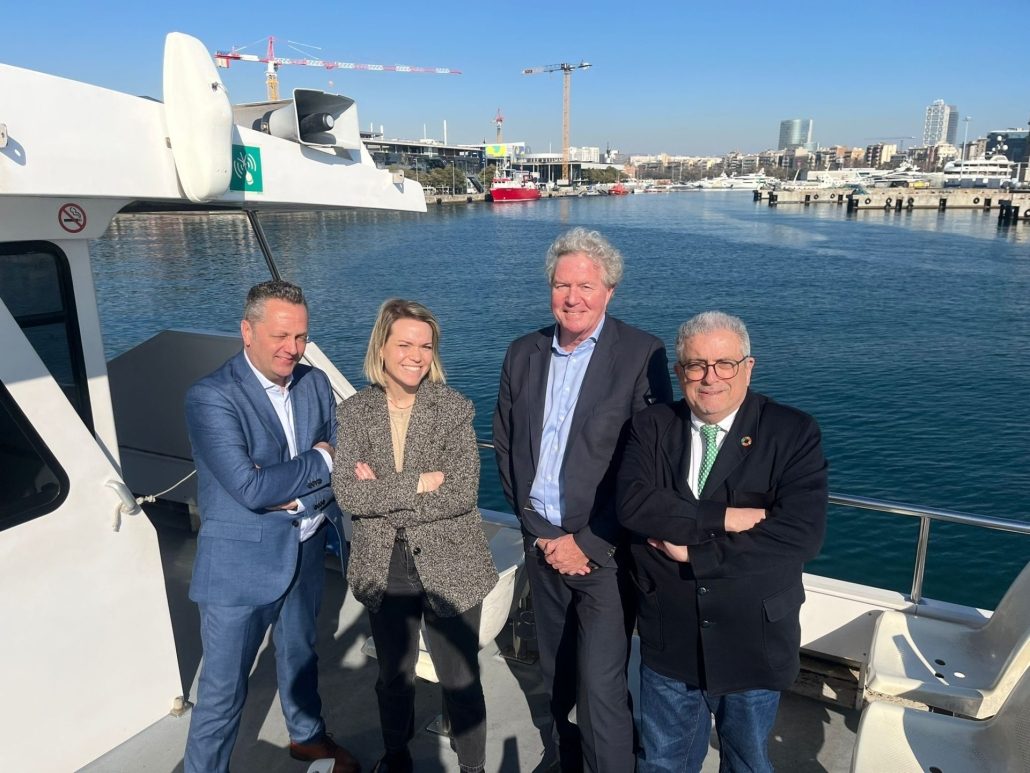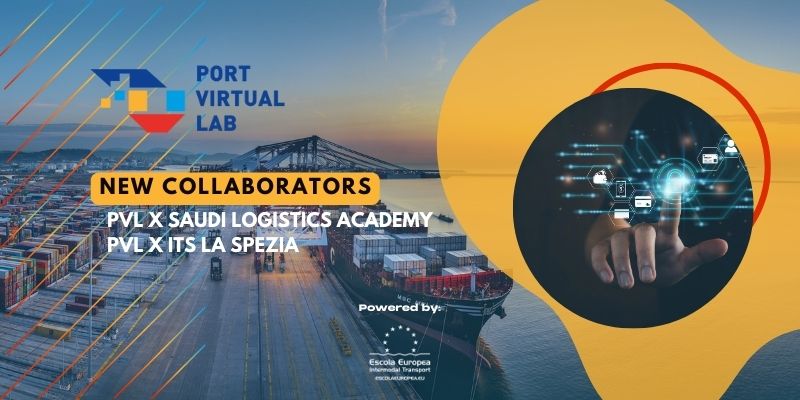eFTI: One step closer towards the digitization of European transport
This month, for our #BlueInnovation feature, we thought we would look at Electronic Freight Transport Information – or eFTI for short. The world of transport and logistics is constantly evolving, driven by technological advancements and regulatory changes. In this landscape, eFTI has emerged as a pivotal innovation, reshaping how freight information is shared and managed across Europe. eFTI has the potential to being transformative, promising to streamline processes, enhance transparency, and improve efficiency in the transport sector. As the European Union moves towards more sustainable and digitised transport systems, understanding eFTI becomes crucial for professionals navigating the intermodal, road, air, and rail transport sectors (excluding maritime). This is why we chose to shine a spotlight on the subject.
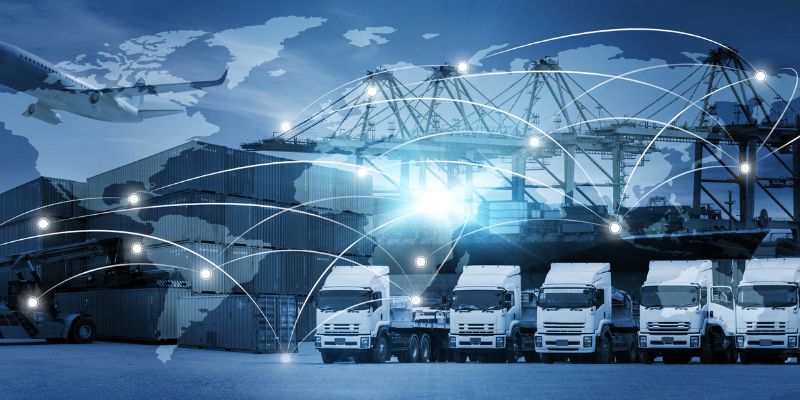
Understanding eFTI
What is eFTI? The Electronic Freight Transport Information is a European Regulation (eFTI) regulation establishes a legal framework for the exchange of regulatory information related to the transport of goods. It facilitates economic operators, such as companies involved in freight transport and logistics, to share information in an electronic format with judicial authorities. This applies to the transport of goods by road, rail, inland waterway, or air within the European Union. Officially known as Regulation 2020/1056, it was enacted on August 20, 2020 following the recmmeondations of experts in the DTLF group (Data Transport and Logistics Forum). It will be fully applicable and enter into force on August 21, 2024
eFTI represents a significant leap in managing and sharing freight data. At its core, it is a digital system designed to replace paper-based processes in freight transport with electronic alternatives. This shift is not merely about changing the medium of information exchange but also about enhancing the quality, accessibility, and reliability of freight data. “The eFTI Regulation may affect several EU regulations, such as those on combined transport, road cabotage, waste shipment, dangerous goods, aviation safety and rail interoperability, among others” (PierNext, Port de Barcelona).
Traditionally, freight transport information has been heavily reliant on paper documents – a method that, while familiar, is fraught with inefficiencies. Paper documents are easily misplaced, can be slow to process, and often lead to delays and increased administrative burdens. eFTI, by contrast, introduces a streamlined, digital approach. Information is stored and shared electronically, enabling real-time updates, greater transparency, and faster decision-making processes. This digital transformation aligns with broader EU efforts to modernize the transport sector, making it more resilient and efficient.
One of the key technological aspects of eFTI is its interoperability. The system is designed to work seamlessly across various platforms and stakeholders, including transport companies, logistics providers, and regulatory bodies. This compatibility ensures that eFTI can be integrated into existing infrastructures with minimal disruption, facilitating a smoother transition from traditional methods.
Implications for European Transport Professionals
The implementation of eFTI within the European Union carries significant implications for transport professionals. These implications include:
- Regulatory Compliance: Transport professionals must familiarize themselves with regulations mandating the use of eFTI systems to ensure compliance. This includes understanding the specific data formats required, data sharing protocols, and privacy considerations under EU law. Non-compliance could result in legal repercussions and operational delays.
- Operational Efficiency: Instant accessibility of data reduces waiting times and speeds up the overall transport process. For logistics companies, this means faster turnaround times and the potential for increased profitability. It also allows for better tracking of goods, improving supply chain visibility and reliability.
- Training: Transport companies will need get familiarised with the necessary technology and train their staff to adapt to this new system. The challenging aspect of this innovation is that its implementation requires multi-stakeholders agreement to replace the paper documents by electronic data sets. This is why the involvement of governments is critical in its implementation – not only to accept the electronic documents (compulsory as from August 25), but to promote them among the private sector (and potentially even making them compulsory).
eFTI’s Role in the Maritime Transport Context
The eFTI regulation, due to be fully implemented by August 2024, will streamline information exchange across European transport sectors, except for maritime transport, which is regulated separately by the European Maritime Single Window environment Regulation (EMSWe). While eFTI integrates road, rail, and inland waterway data systems, the EMSWe specifically caters to maritime affairs.
Nevertheless, ports, as multimodal hubs, will still experience indirect impacts from eFTI. Improvements in terrestrial transport data flow could lead to more efficient maritime logistics, particularly in port operations where various transport modes intersect. Professionals in the maritime sector must navigate the EMSWe while acknowledging the complementary role of eFTI within the larger transport ecosystem. The alignment of these digital initiatives is pivotal for advancing a unified, efficient EU transport network.
Concluding thoughts
The eFTI initiative represents more than a mere change in regulation; it is a significant step toward creating a transport ecosystem that is more digital, efficient, and transparent—reflecting the broader shift toward digital transformation in various sectors. It is essential to understand that the eFTI regulation is not just a recommended standard but rather a foundational step in the standardization of digital information across Europe.
Adoption of the eFTI framework by companies as soon as possible is advantageous, as it will substantially alter operational methodologies within the logistics sector. The regulatory framework has been established, and key implementation dates are on the horizon:
- August 24, 2024: eFTI platforms are eligible to begin their certification process.
- August 26, 2024: Member State authorities are mandated to start accepting eFTI data.
- February 29, 2025: The rule mandating the use of eFTI for the private sector will be reconsidered.
In the interim, private entities are encouraged to adopt eFTI protocols, and it is within the purview of individual Member States to enforce eFTI-related obligations within their jurisdictions.
Join us in shaping the future of transport!
We’ve done our research – so should you! Check out our sources below to delve more deeply into the topic:
SOURCES
- Ernst & Young Global Limited: Accelerating Digital Transformation: EY’s Role in Advancing Paperless Transport in the EU and Neighboring Regions.
- eFTI Regulation, a new digital transport regulation in the European Union
- eFTI4EU: eFTI Implementing Act adopted by European Commission DTTF Committee
- PierNext: eFTI: the digital leap forward in freight transport information



